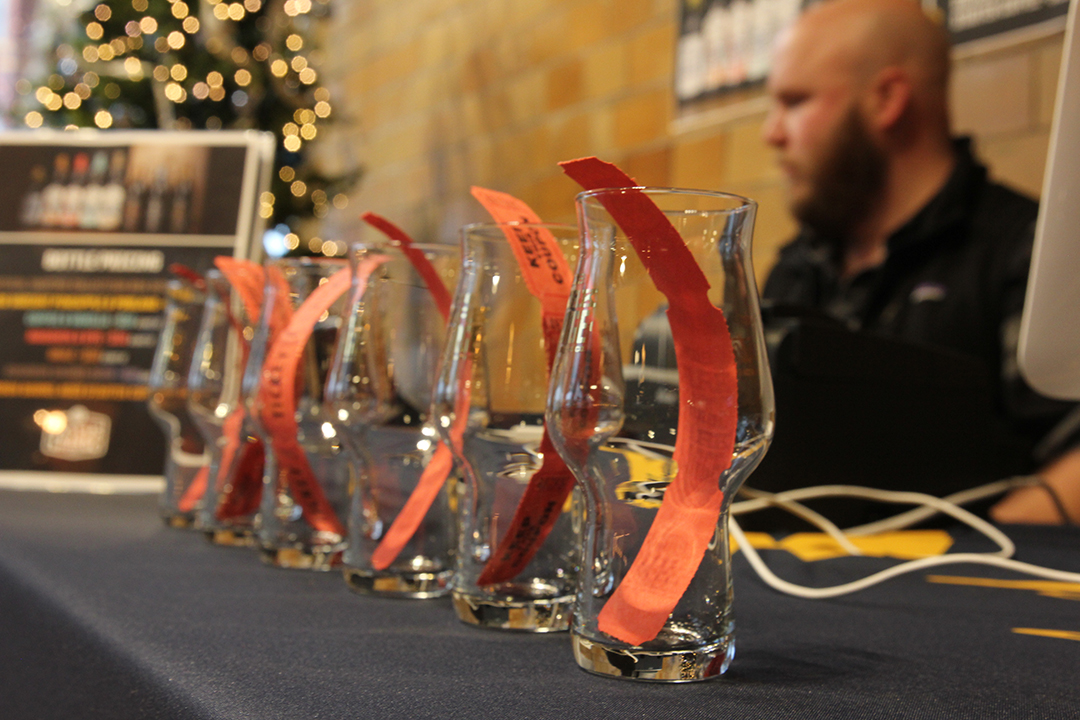
Having great beer can be one thing. It can be passed on by word-of-mouth, through app ratings and online reviews. Those all help. Yet, having a killer marketing plan can help attract eyes to your brand like never before.
Setting your marketing team up for success is all about planning. Creating a top event to showcase your brand can be paramount to future success, both in emerging markets and helping you dig into territories to further sales goals.
Much like just getting your beer on a shelf is passe, getting past the idea of just having beer and food, a tap takeover, or beer and music festival is key in capturing a consumer’s attention.
“I think events in general are facing an evolution where consumers are looking for an experience above all else,” said Tori Dennis, COOP Ale Works’ Events Specialist. “Beer — especially local and craft — has infiltrated every type of event from non-profit to legislative, so I feel it’s the responsibility of the brewery to enhance the consumer experience beyond offering product or samples.”
Travis Cook admitted that sometimes Melvin Brewing’s ideas are silly, but they’re meant to make people have fun and walk away feeling like they had a unique experience. The Jackson, Wyoming brewery’s tap takeovers have included performances by members of Wu Tang Clan, T-shirt gun wiffle ball, throwing star competitions, live painting, and beer pong while being hoisted from a crane, just to name a few.
In 2016, Melvin launched its production facility and started sending beer into surrounding states, so Cook said they focused on the Great American Beer Festival in Denver to throw a big event.
“Being known for IPAs, we thought it would be fun to showcase rare IPAs from up-and-coming breweries around the country alongside ours, and the All-Star IPA Throwdown was born,” said Cook, a Sales Representative for the brewery.
An East Coast/West Coast hip-hop playlist was featured, and bragging rights would go to the first keg kicked.
“This was nothing new to beer events, but the lineup certainly was,” Cook said. “We always bring something rare from our pilot system, and we’ve included breweries like Maine Beer Co., Beachwood, Societe, The Alchemist, Cellarmaker, Great Notion, The Veil … the list goes on.”
Cook convinced Chris at Falling Rock Tap House to let Melvin take over all 24 taps of his outdoor bar, and it instantly became one of his busiest events during GABF.
“Quality beer is always a huge draw, which gives the IPA Throwdown a big leg up, but music, swag and the overall feel of the event also make a big difference,” Cook added.
Dennis said by using the beer as a tool, COOP Ale Works has found ways to have the most successful, well-received events.
“This concept can equate to crowded shelves. However, such events can create an emotional connection to the product for the consumer,” she said, explaining that each Spring for its seasonal release, COOP will host a beer and small plate pairing event.
The Oklahoma City brewery invites up to eight local restaurant partners to create a small plate to be paired with the beer Alpha Hive Double IPA along with various infusions.
Unlike other events that COOP puts on, this is a bit higher-end with a higher ticket price and all proceeds benefiting the Craft Brewers Association of Oklahoma. The goal of the event is to highlight some of OKC’s hyper-local restaurant partners while leveraging one of the brewery’s most beloved beers that has garnered a strong local following.
“While crowded shelves are always an obstacle breweries face, using events to bridge the gap or create that bond to the brand helps consumers identify products they want to support out in the market much quicker,” Dennis said.
Since its start in 2015, Covington, Kentucky’s Braxton Brewing has hosted a Winter Block Party for the release of its Imperial Stout, Dark Charge.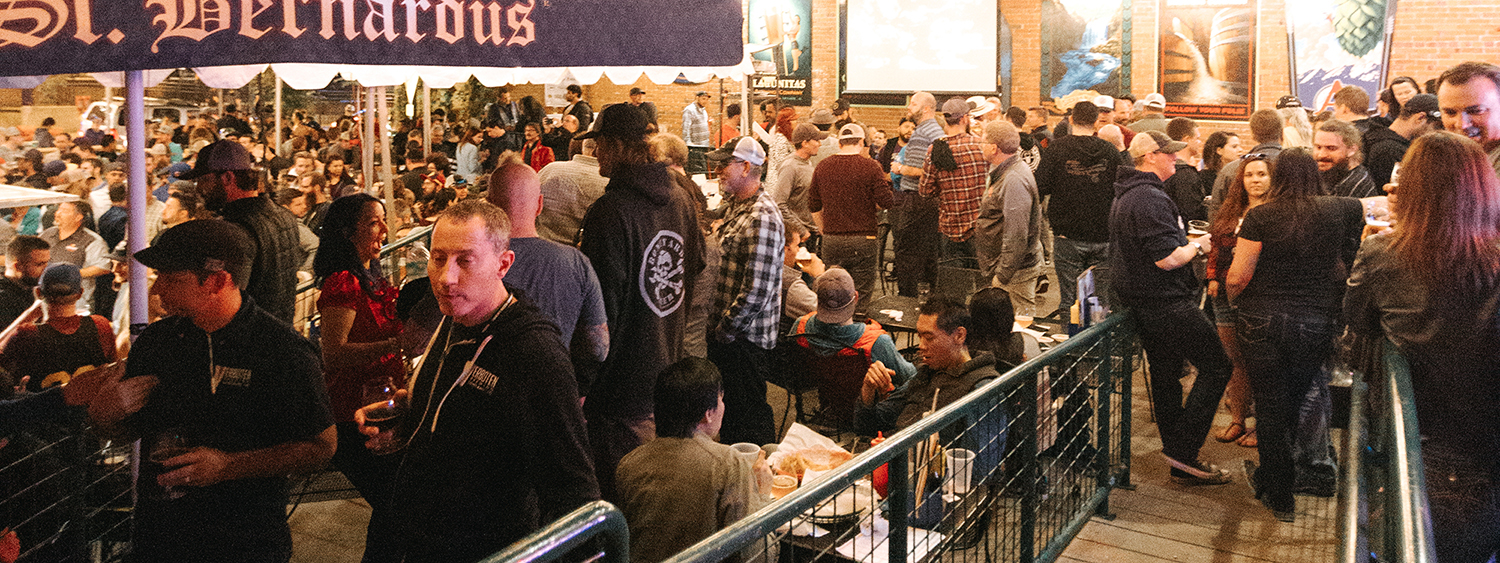
Dubbed ‘Dark Charge Day,’ this event ties directly into the brewery’s Kentucky roots and its love of Bourbon and barrel-aging culture,” said Greg Rouse, co-founder and COO.
“The concept was really developed when we knew that we wanted to barrel age a massive, dark Imperial Stout that everyone could get behind,” Rouse said. “That approachability and depth of flavor is something we had to bring to the event itself.
“Dark Charge Day became a way for us to celebrate our Kentucky heritage and the innovation of our Bourbon-barrel offering.”
When building the plan for Dark Charge Day, every single detail of the day, down to each individual on the Braxton team, truly matters. From where the food vendors should be set up to how bottles are transferred through inventory, to when and how they want guest taps to be released.
“Each year, we have been able to improve and innovate on the processes that make the Dark Charge Day experience unlike any other in craft beer,” Rouse said.
That said, it takes a tremendous amount of planning to ensure everything runs smoothly.
“We spend months mapping out nearly every hour of Dark Charge Day from start to finish, running through every feature of the event to iron out details on each process that takes place,” he said.
Concrete planning for Dark Charge Day typically begins in July and August when the team begins the process of gathering sponsors, creating a marketing and advertising plan, and — most importantly — checking in on the barrel-aged beer.
Progressing an event to have sustainable, continued success is also key.
Year 1 of the beer pairing event for COOP ran very successfully, Dennis said. But they found that as an event idea sits and waits for event day to get there, more and more aspects get added that sometimes clutter the guest experience.
In the first year of the event, there was a focus on local partners and local ingredients, specifically honey, one of the ingredients in the featured beer.
“We asked each restaurant to use locally-sourced honey in their dish to then be paired with one of the beers,” Dennis explained. “The end result was a bunch of honey chicken dishes. We felt we had pushed our partner restaurants into a style or type of food unknowingly. The honey element added an unnecessary component to the event that ultimately made it more difficult on us and our participants.”
For the second year, the brewery removed any type of ingredient instructions. The result was a much more diverse event, offering different ethnic options and opening up the opportunity for some interesting pairings.
“By truly focusing on and highlighting the restaurants, we are able to leverage our relationship with consumers, partnerships with our customers and the popularity of our Spring seasonal release,” Dennis said.
The biggest logistical obstacle in the event was staying in constant communication and organization of several parties.
“All of our partners are simultaneously running their own businesses while committing to donate to and serve at the event, so it is up to the event organizer to get the information I need from them in promoting and building the event,” Dennis said. “It’s up to us to provide value for our partners as fellow business owners, making recruitment a sometimes difficult task. “
One way to combat this problem was by offering each restaurant access to infusion kegs following the event as well as reimbursement for food costs if requested.
One of the biggest challenges Braxton faced when organizing Dark Charge Day was how the brewery would fulfill bottle sales, organizing bottle check services, and the logistics behind flow of foot-traffic.
“Managing the sheer volume of people that pass through the brewery to pick up reserved bottles is a massive undertaking,” Rouse said. “We were able to implement a bottle check service this year that not only tracked orders efficiently, but also allowed guests to pick up their order at any time — this added convenience made for a much more enjoyable, flexible experience.”
Because this is ultimately a “block party,” shutting down the street presents a myriad of logistical challenges, including obtaining permits, noise ordinances and curfew adjustments. All come from the city, and Rouse said it’s often a long process.
“Planning the layout of the outdoor tent and stage for live music requires us to grow and adapt each year as Dark Charge Day progresses in magnitude,” he said.
In 2018, Braxton was able to effectively group the food and beer options outside, while using a separate tent for music — which created a distinct experience for the event’s entertainment.
“While the beer is the star of the show, our ability to drive people into our spaces for unique experiences is what gets our customers coming back,” Rouse pointed out. “The combination of live music acts, immersive taproom and loft experiences, and the addition of a VIP package elevated what we were able to offer to guests.
“Every year we come away from Dark Charge Day feeling optimistic about what we learned from the previous event, and excited to put new ideas to task for the next event.”
To plan, Dennis said she works primarily off of what she calls “radar screens.”
“I start each document with initial planning sessions and build as the event develops with reminders and assigned tasks,” she said. “Each task has a designated staff member responsible, and we use this document to keep one another accountable for our responsibilities.“
To keep all parties talking during the process (which includes production, marketing and the restaurants), Dennis has to constantly communicate and set reminders.
The first IPA Throwdown for Melvin was as Cook said, “we basically flew by the seat of our pants and pulled it off somehow.“ But now in the fourth year, they have a better idea of how long it takes to set up.
“We start the conversation 4-5 months out, and two months becomes crunch time,” Cook said. “We’d like to continue to build the event in size and scope, but this will obviously take more organization and time.“
Getting beers registered with state compliance and shipped to the bar on time was by far the biggest headache, he added.
“It took a lot of communication on all ends,” Cook said. “Luckily, in Colorado you can sign a limited 30-day distribution contract, and we had the ability to work with CSA, a small distributor that was more than happy to bring in some exciting brands for the week.“
Once breweries committed, Melvin would have to get each brewery to follow up with TTB registration and pricing, and then Melvin would coordinate shipments with some central drop points on the east and west coasts to make things more efficient.
“It came down to the wire, but everything made it to the event and was consumed shortly after,” Cook said.
“We’ve continually made the event better by bringing exciting new breweries every year, and starting in Year 2 we made commemorative glasses and t-shirts for the event, which have been highly coveted,” Cook said.
The brewery is also working on ways to make service move more quickly by switching to a ticketed event where patrons pay up front instead of paying for beers as they go.

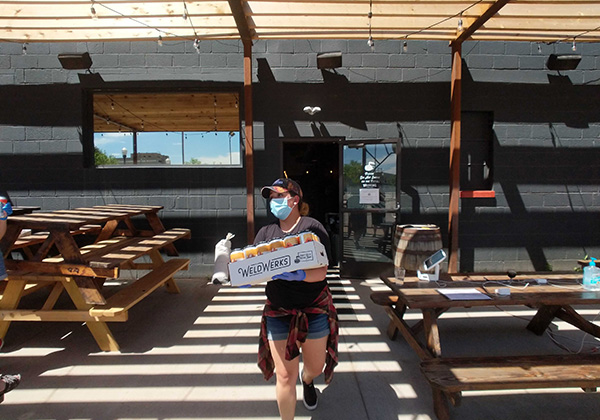
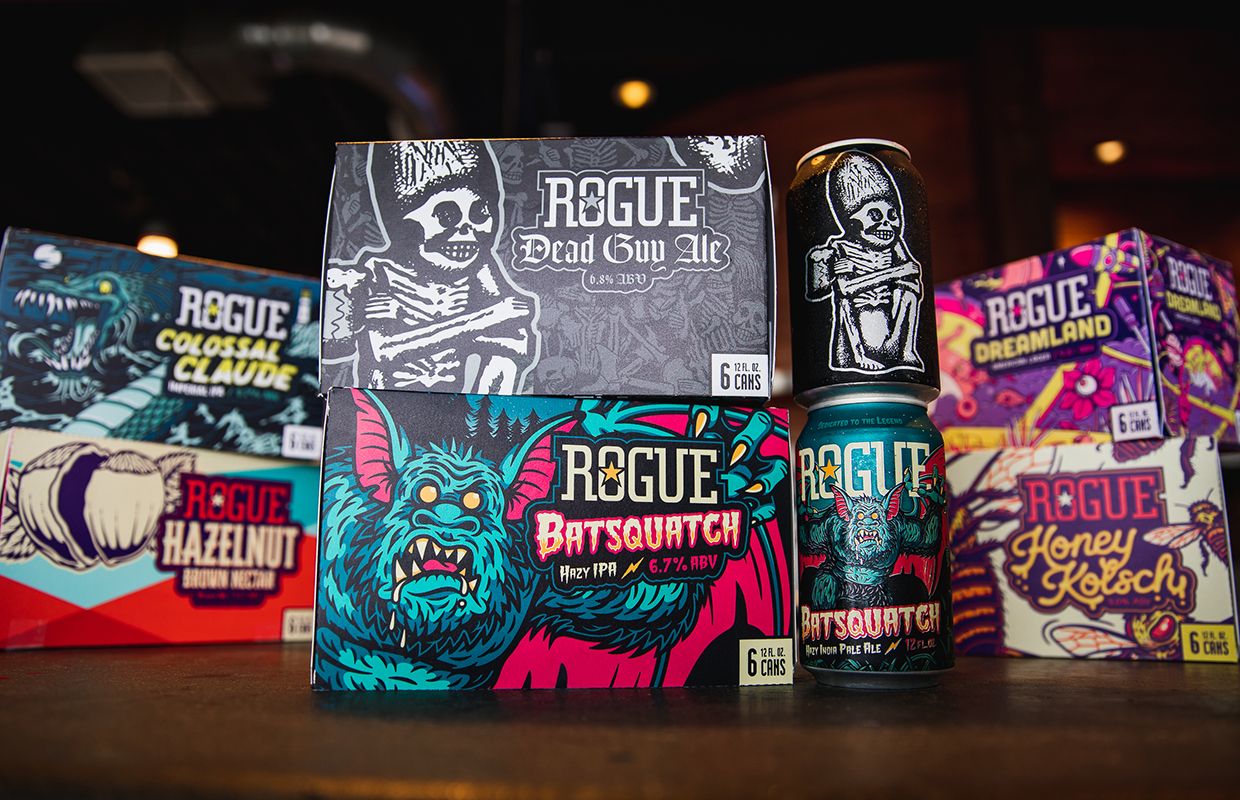
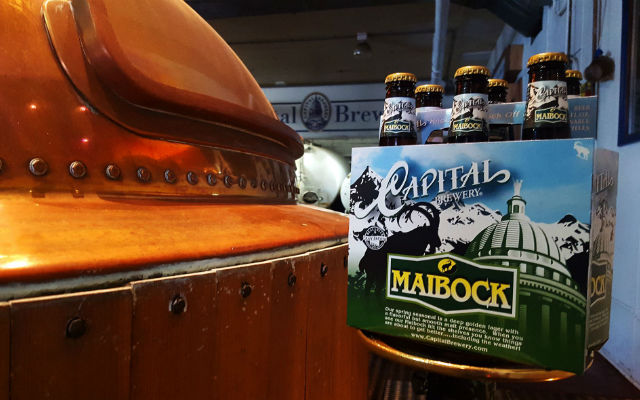
2 Trackbacks / Pingbacks